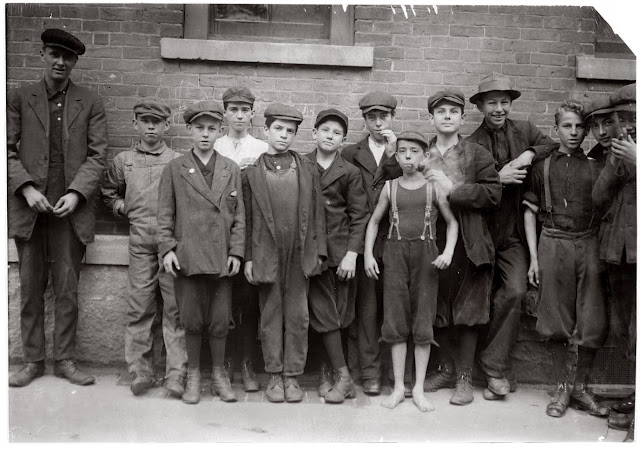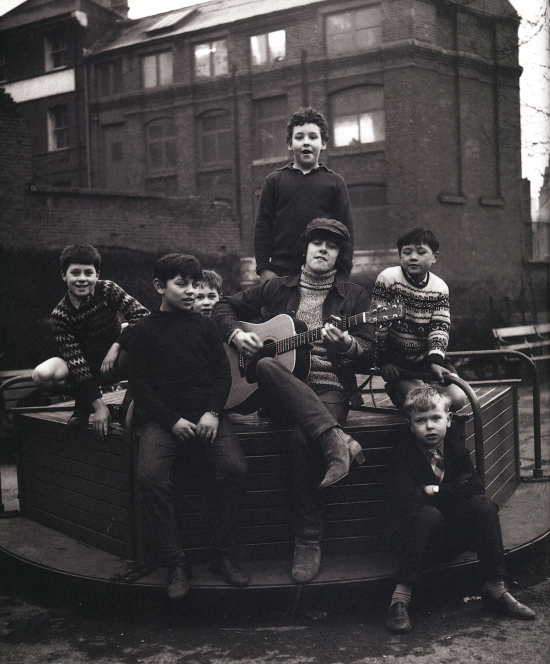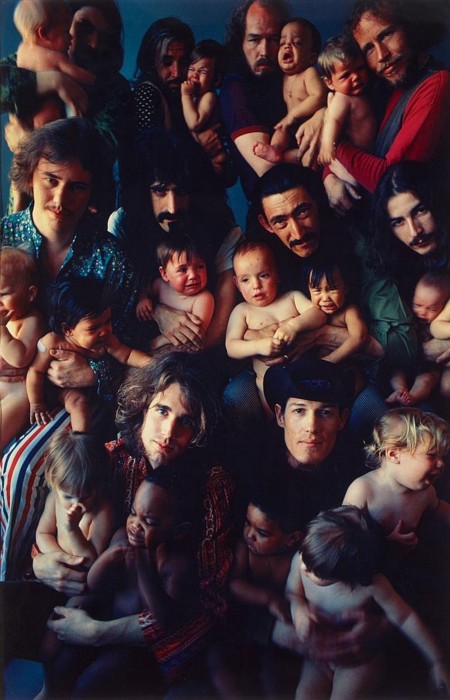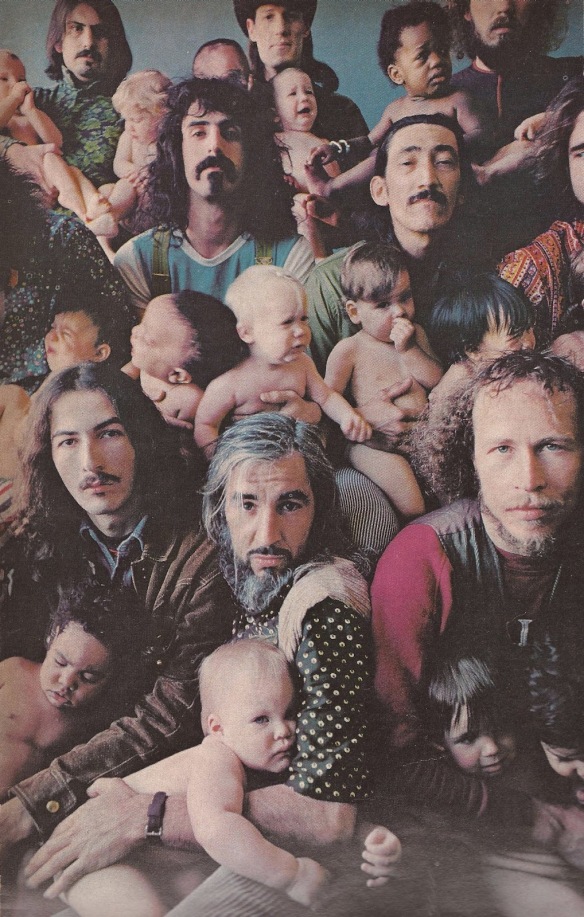Stardust is an American popular song composed in 1927 by Hoagy Carmichael with lyrics added in 1929 by Mitchell Parish. Carmichael first recorded the song, originally titled “Star Dust”, at the Gennett Records studio in Richmond, Indiana. It is “a song about a song about love”, and it’s played in an idiosyncratic melody in medium tempo. It became an American standard, and is one of the most recorded songs of the 20th century, with over 1,500 total recordings.
According to Carmichael, the inspiration for Stardust came to him while he was on the campus of his alma mater, Indiana University, in Bloomington, Indiana. He began whistling the tune then rushed to the Book Nook, a popular student hangout, and started composing. He worked to refine the melody over the course of the next several months, likely in Bloomington or Indianapolis (sources cite various locations, and Carmichael himself liked to embellish the facts about the song’s origins).
Isham Jones‘s recording became the first of many hit versions of the tune. Young baritone sensation Bing Crosby released a version in 1931, and by the following year, over two dozen bands had recorded Stardust. It was then covered by almost every prominent band of that era. Versions have been recorded by Artie Shaw, Billy Butterfield, Louis Armstrong, Dave Brubeck, (on the 1956 album Dave Brubeck Quartet) Tommy Dorsey, Tex Beneke with The Glenn Miller Orchestra, Frank Sinatra, Doris Day, Jan Garber, Fumio Nanri, Dizzy Gillespie, Nat King Cole (considered by many to be the best), Mel Tormé, Connie Francis, Jean Sablon, Keely Smith, Terumasa Hino, Harry Connick Jr, Hank Crawford, Ella Fitzgerald, Olavi Virta, The Peanuts, Django Reinhardt, Barry Manilow, Art Tatum, John Coltrane, Earl Grant, Willie Nelson, Billy Ward and His Dominoes, George Benson, Mina, Ken Hirai, Al Hirt, and many others.
 Stardust, Jean-Michel Basquiat, 1983
Stardust, Jean-Michel Basquiat, 1983
Sometimes I wonder why I spend
The lonely nights dreaming of a song
The melody haunts my reverie
And I am once again with you
When our love was new
And each kiss an inspiration
Ah but that was long ago
Now my consolation is in the stardust of a song
Beside the garden wall
When stars are bright, you are in my arms
The nightingale tells his fairy tale
Of paradise where roses grew
Though I dream in vain
In my heart it will remain
My stardust melody
The memory of love’s refrain
To listen to Nat King Cole and John Coltrane´s versions of this song, please take a gander at The Genealogy of Style’s Facebook page: https://www.facebook.com/pages/The-Genealogy-of-Style/597542157001228





 Hunky Dory is the fourth album by English singer-songwriter David Bowie, released by RCA Records in 1971. It was his first release through RCA, which would be his label for the next decade. Hunky Dory has been described by Allmusic’s Stephen Thomas Erlewine as having “a kaleidoscopic array of pop styles, tied together only by Bowie’s sense of vision: a sweeping, cinematic mélange of high and low art, ambiguous sexuality, kitsch, and class.” The slang hunky dory (of uncertain origin), would mean perfectly satisfactory, about as well as one could wish or expect; fine…
Hunky Dory is the fourth album by English singer-songwriter David Bowie, released by RCA Records in 1971. It was his first release through RCA, which would be his label for the next decade. Hunky Dory has been described by Allmusic’s Stephen Thomas Erlewine as having “a kaleidoscopic array of pop styles, tied together only by Bowie’s sense of vision: a sweeping, cinematic mélange of high and low art, ambiguous sexuality, kitsch, and class.” The slang hunky dory (of uncertain origin), would mean perfectly satisfactory, about as well as one could wish or expect; fine… 
















 Kate Moss with children. Photos by Bruce Weber
Kate Moss with children. Photos by Bruce Weber Drew Barrymore as scout by Mark Seliger
Drew Barrymore as scout by Mark Seliger French kids imitate Dizzy Gillespie’s cheeks in Nice (France) by Milt Hinton, 1981
French kids imitate Dizzy Gillespie’s cheeks in Nice (France) by Milt Hinton, 1981
 Bob Dylan and kids, Liverpool, England, 1966. Barry Feinstein
Bob Dylan and kids, Liverpool, England, 1966. Barry Feinstein



